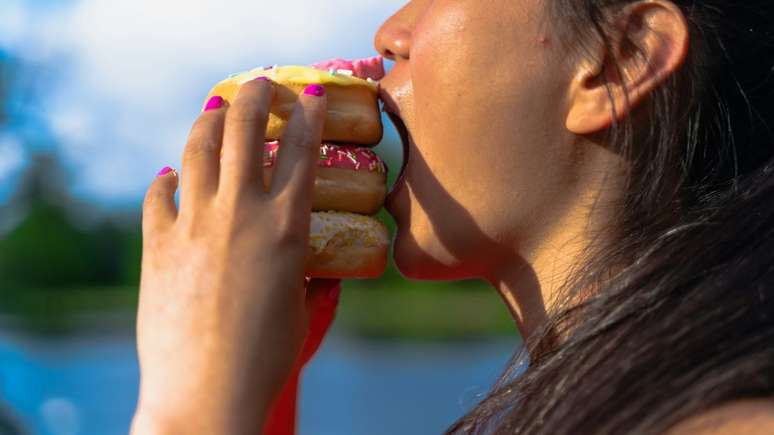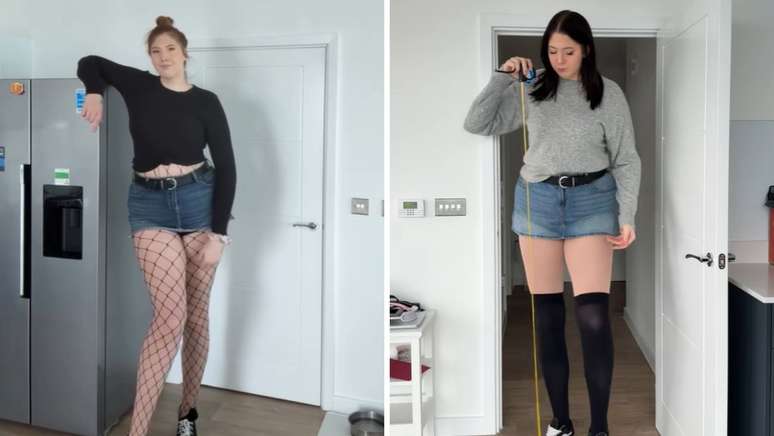Follow 3 oral health myths explained by an expert
html[data-range=”xlarge”] figure image img.img-01270f8e205d16af1aa6db64aeb7c555py2pif0l { width: 774px; height: 476px; }HTML[data-range=”large”] figure image img.img-01270f8e205d16af1aa6db64aeb7c555py2pif0l { width: 548px; height: 337px; }HTML[data-range=”small”] image figure img.img-01270f8e205d16af1aa6db64aeb7c555py2pif0l, html[data-range=”medium”] figure image img.img-01270f8e205d16af1aa6db64aeb7c555py2pif0l { width: 564px; height: 347px; }HTML[data-range=”small”] .article__image-embed, html[data-range=”medium”] .article__image-embed { width: 564px; margin: auto 0 30px; }
To ensure the complete removal of food residues and plaque, it is necessary to know how to correctly choose the two basic products (toothpaste and toothbrush), as well as others that complete the hygiene of the teeth and tongue. However, there are still many myths surrounding choosing this ‘starter kit’ for oral health.
We consulted the dentist Hugo Lewgoy, specialist, master and doctor of the Faculty of Dentistry of the University of São Paulo and scientific consultant of Curaden Swiss, to debunk the three main myths about these products.
Myth 1: Toothpaste is supposed to foam
According to Hugo Lewgoy, toothpaste doesn’t need foam to clean teeth properly.
“What should favor the disorganization of the so-called bacterial plaque or oral biofilm is the toothbrush and not the paste or gel. For many, toothpaste foam is synonymous with cleanliness, but this is not true. In reality, a toothpaste that forms a large amount of foam can harm oral health, as the foam is the result of the presence in the composition of Sodium Lauryl Sulfate (SLS), which is also incorporated in this type of product to facilitate cleaning and give a feeling of freshness”, says the expert.
“But the substance is a type of surfactant (detergent) that alters taste, dries the oral mucosa and promotes epithelial desquamation, resulting in the formation of tongue patina and the appearance of bad breath. Also, LSS is related to the appearance of thrush, ”he explains.
Sodium lauryl sulfate may also appear on toothpaste labels under its English name, sodium laryl sulfate (SLS). Therefore, the ideal is to pay attention and opt for products that do not have this substance in their formula, such as Be You, Enzycal and Herbal Bliss toothpastes, which, in addition to being SLS-free, are formulated with an enzymatic component that activates the natural protective action of saliva.
Myth 2. The toothbrush must have hard bristles
Many people believe that stiff bristle brushes are more effective at cleaning teeth, which is not true.
“The recommendation, in fact, is to opt for ultra-soft bristles, as the use of toothbrushes with stiff bristles can cause gum recession and wear of the tooth enamel, which is responsible for protecting the teeth. This can lead to an increase in tooth sensitivity and promote the onset of tooth decay,” says the specialist.
Nylon bristles, the material commonly used in toothbrushes, tend to be stiffer.
“But today it is possible to find on the market toothbrushes that use other types of fibers, such as Curen, thinner and ultra-soft to ensure efficient and atraumatic brushing, completely disorganizing the plaque without causing injury or trauma to the teeth and gums. This fiber is found in brushes such as the CS 5460 Ultrasoft, from Curaprox”, suggests the expert.
Myth 3. The number of bristles on your toothbrush doesn’t matter
The number of bristles on a toothbrush is directly related to its effectiveness, according to Hugo Lewgoy.
“The more bristles, the more effective the brushing and the less the accumulation of bacterial plaque on the tooth. In addition, a large number of bristles helps eliminate the spaces between the tufts, thus preventing the accumulation of dirt and food residues that can favor the proliferation of microorganisms harmful to health,” he says.
It is recommended to opt for a toothbrush with more than 5,000 bristles. But currently there are already options on the market with a much higher amount of bristles.
For example, today the toothbrush with the highest number of bristles on the market is the Curaprox Velvet Brush, which has 12,460 ultra-soft bristles to form an extremely effective surface for cleaning teeth without losing glide and delicacy.
HOMEWORK inspires transformation in the world of work, in business, in society. Created by Compasso, a content and connection agency.
Source: Terra
Ben Stock is a lifestyle journalist and author at Gossipify. He writes about topics such as health, wellness, travel, food and home decor. He provides practical advice and inspiration to improve well-being, keeps readers up to date with latest lifestyle news and trends, known for his engaging writing style, in-depth analysis and unique perspectives.







-to4mi28diwq8.jpg)

